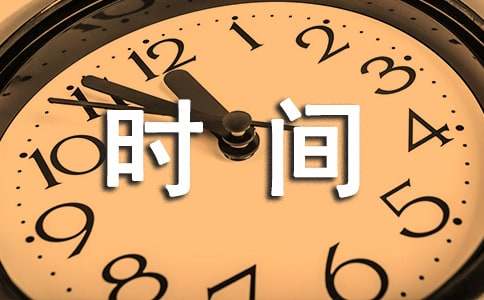in:固定搭配,in the morning 在早上,in the afternoon 在下午,in the evening 在晚上,在傍晚。一段較長(zhǎng)的時(shí)間段前面,用in,包括年份,月份,季節(jié)等。比如說,in 2020 (在2020年),in April(在4月),in spring(在春天)。用于某個(gè)較長(zhǎng)的時(shí)間,像世紀(jì)、朝代、年、月、季節(jié)in March,in spring,in 1997。

on:主要是用在具體的一天前面,包括星期幾和幾月幾號(hào)。比如 on Sunday在星期天,on April 12th 在4月12號(hào)。用于公共節(jié)假日前:on Teachers’ Day。
有些情況,既不用in,也不用on和at。
時(shí)間前面可不帶介詞。next,last,this,that與時(shí)間名詞連用作狀語時(shí)。We’re going to work on a farm next Sunday. 下個(gè)星期天,我們要去農(nóng)場(chǎng)勞動(dòng)。
today, tomorrow, yesterday, the day before yesterday,等之前不加介詞。
Are you free tomorrow night? 明晚你有空嗎?